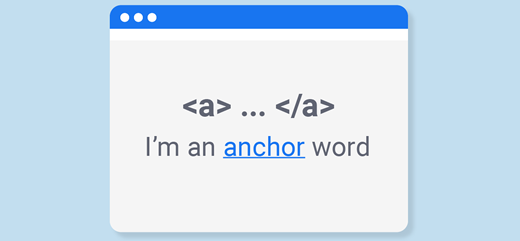There are certain comparisons that are made where the evidence provided by data, does not match what the majority of those with an opinion will tell you. A classic example is when people ask whether HTML or WordPress is better for SEO. Let us say from the outset that most of the empirical data and statistics indicate that neither HTML nor WordPress has an advantage over the other when it comes to SEO.
Now we must clarify what we mean by an advantage. What we are talking about here is whether sites built using WordPress, for example, will rank higher than a site built with HTML, when all other factors are equal. The fact of the matter is that Google doesn’t place any great emphasis on what a website is built from when it comes to ranking them.
To confirm this, do a random search on Google and click through to each of the top ten websites. For each one, if you then press CTRL+U on your keyboard the source code will appear. Using the find function in your browser type in ‘wp-content’. If the search finds that in the code it is a WordPress site, and if not then it could be either a HTML site or one built using another less popular Content Management System (CMS).










